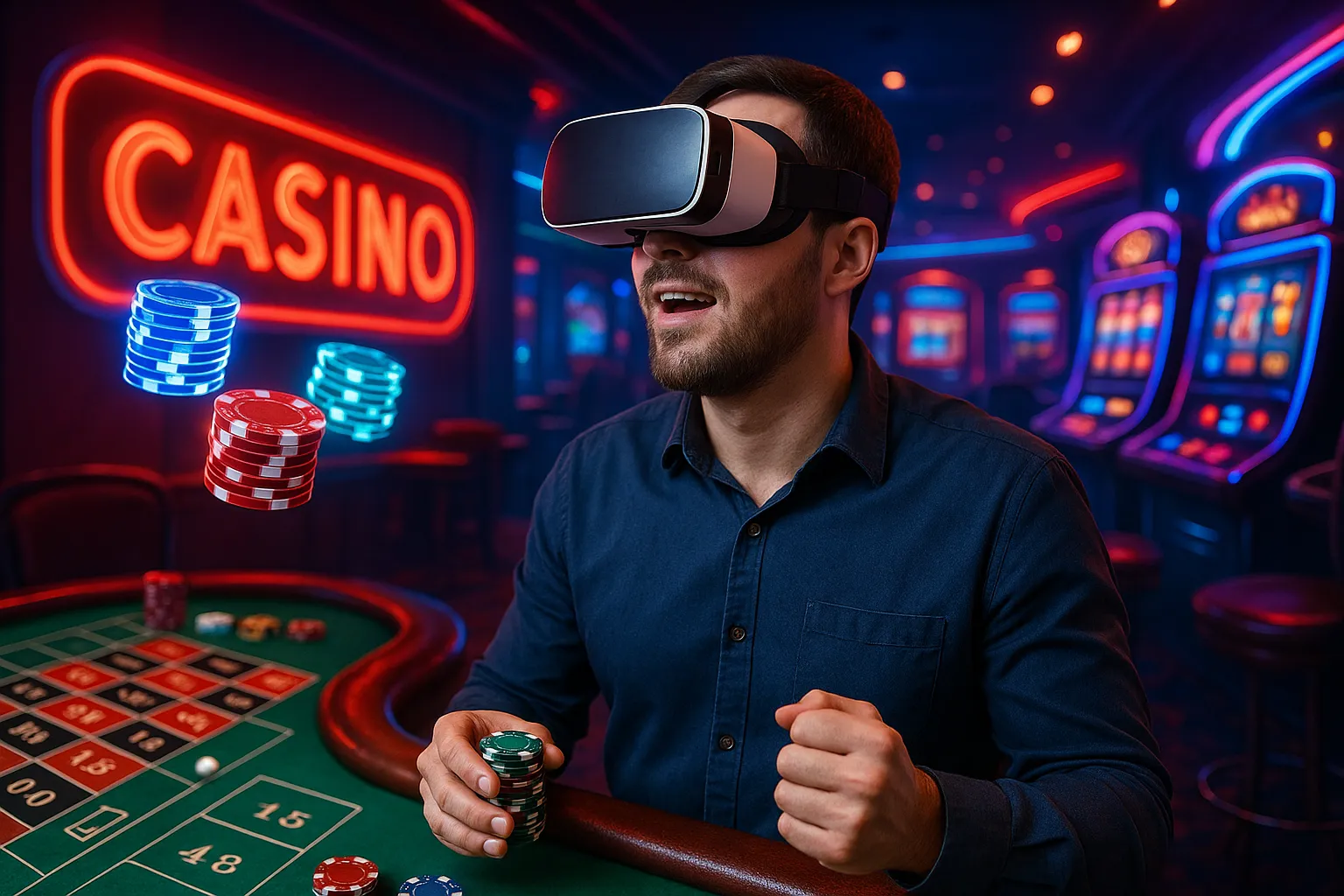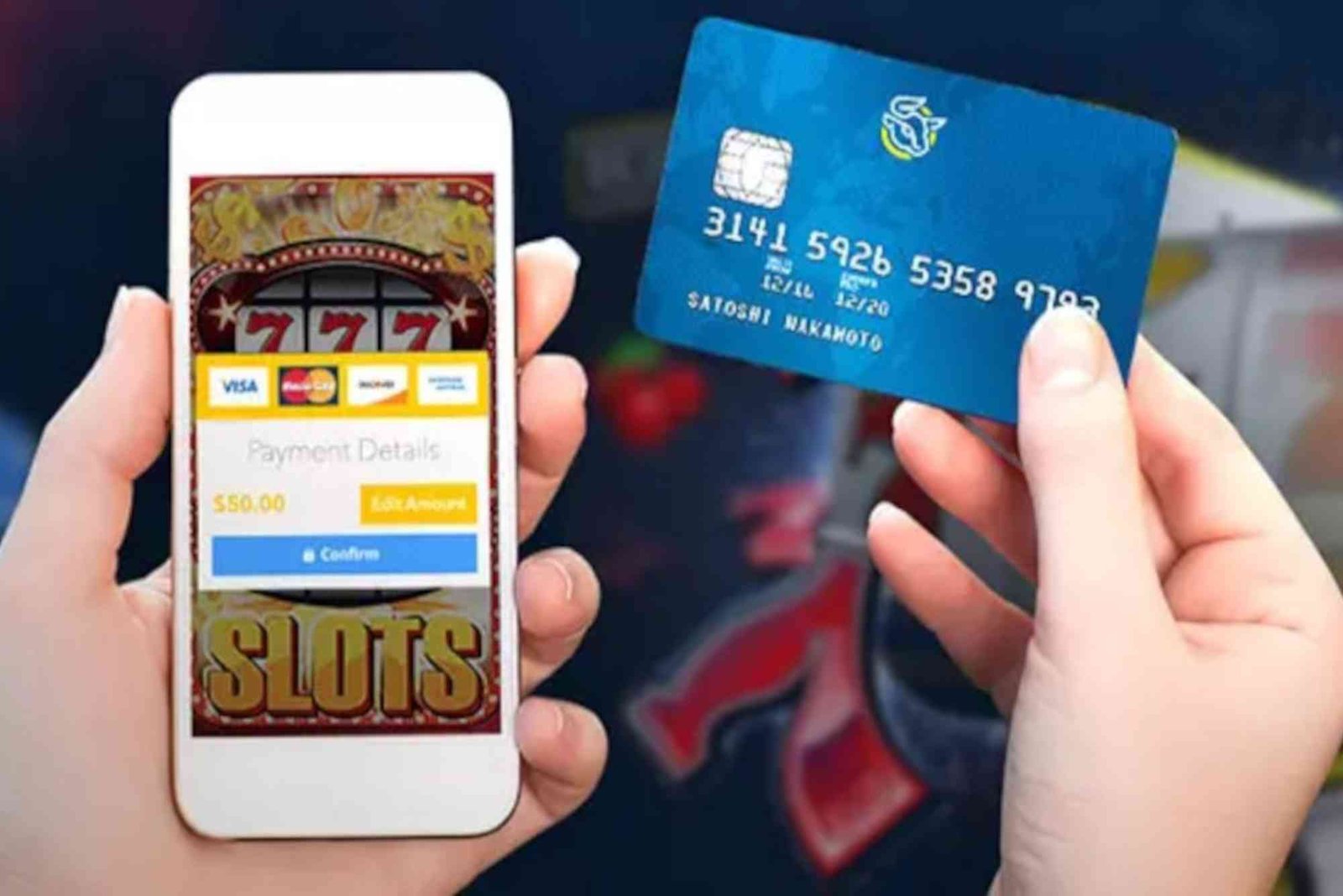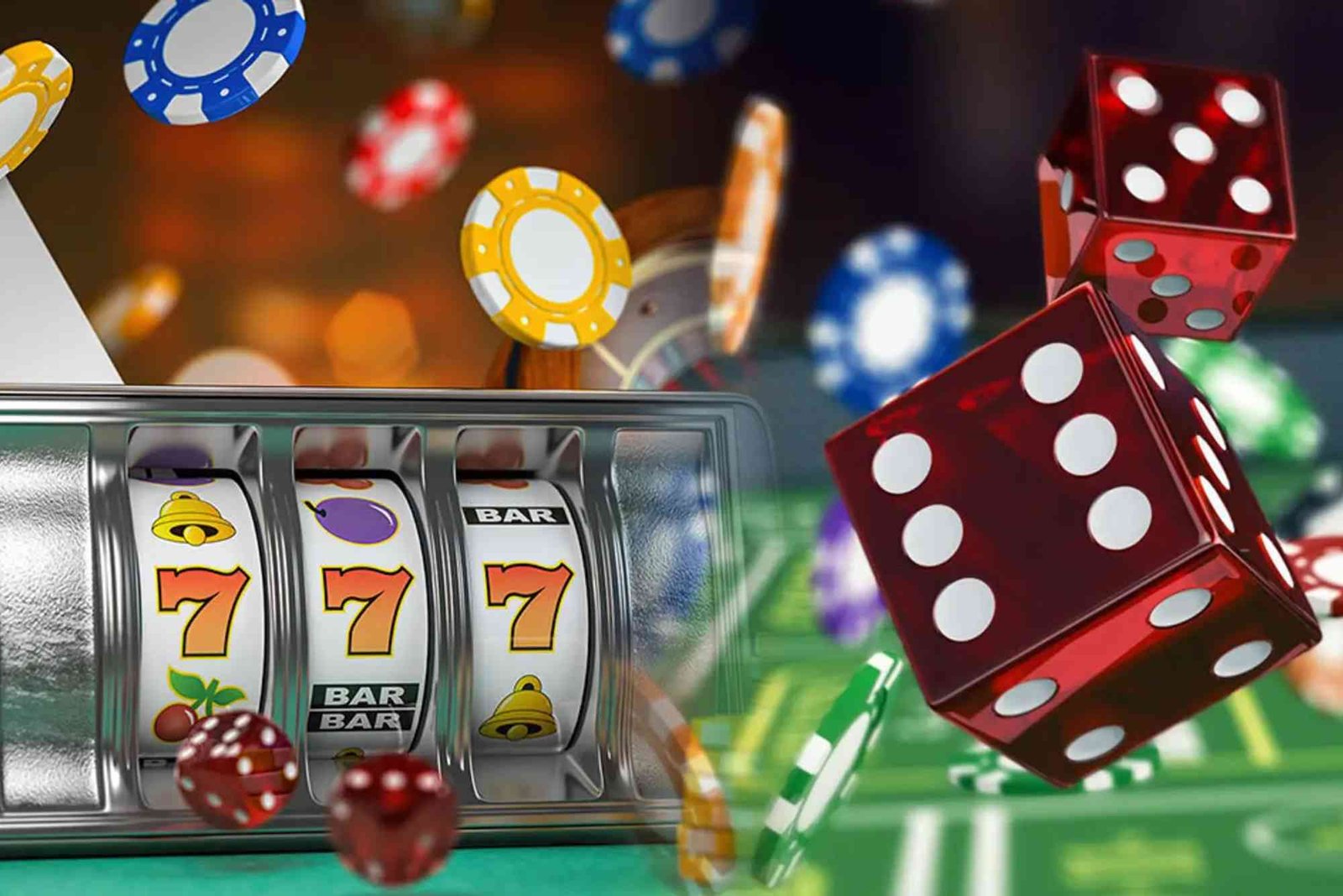The very first time I slid on a VR headset and entered a virtual casino, I was struck by the sense of presence—the glittering chandeliers, the ambient chatter, and the thrill of placing a virtual chip on a digital roulette table. That moment convinced me that VR was more than a gimmick; it was the next frontier for immersive gaming. Today, as technology advances at lightning speed, it’s worth asking: where are VR casino games headed next? In this article, we’ll explore trends in hardware and software, regulatory landscapes, integration with mobile platforms, social experiences, monetization models, and practical considerations for both players and operators. By the end, you’ll have a clear picture of what to expect when the virtual doors swing open for the casinos of tomorrow.
Hardware Advances and Immersive Experiences
The quality of any VR experience hinges on hardware. Early VR headsets offered limited resolution and narrow fields of view, which made text hard to read and scenes feel artificial. Modern headsets, however, boast 4K-per-eye displays, wider viewing angles, and improved ergonomics. Eye-tracking cameras enable foveated rendering—sharpening visuals where you look while economizing on peripheral graphics. For casino games, this means crystal-clear text on slot reels and realistic lighting on virtual card tables without compromising performance. Haptic controllers with fine-tuned force feedback mimic the tactile sensation of betting chips or pulling a slot lever. As hardware costs continue to drop, we’ll likely see VR casino setups move out of elite demo rooms and into dedicated home gaming zones.
Software Innovations: From Static Tables to Dynamic Worlds
Software is the canvas on which VR casinos paint their experiences. Early demos featured static environments: players entered a barebones lobby and clicked icons to launch a game. Today’s titles construct sprawling digital resorts where you can wander from blackjack tables to poker rooms, interact with animated avatars, and even attend virtual tournaments. Developers use procedural generation to populate buildings, automate dealer behaviors, and customize environments based on real-time analytics—shifting lighting or music tempo to elevate player engagement.
Artificial intelligence (AI) also plays an outsized role. Smart NPC (non-player character) dealers can read voice cues, adjust chat prompts, and maintain realistic pacing. On the backend, AI-driven risk management systems monitor wager patterns to identify problem behaviors or suspicious activity, ensuring both player safety and regulatory compliance.
Regulatory and Security Considerations
No discussion of the VR casino future would be complete without addressing regulation. Just as land-based operators must secure physical licenses, VR platforms need digital gaming licenses that cover virtual environments. Authorities such as the UK Gambling Commission and the Malta Gaming Authority have begun issuing guidance on virtual activities, ensuring Random Number Generators (RNGs) and payout percentages for VR games meet the same standards as their physical counterparts.
Security also extends to data protection. VR systems collect biometric data—eye movements, physiological responses, and even behavioral patterns. Operators bear the responsibility of encrypting this information and obtaining explicit user consent. When researching the nuts and bolts of gaming software audits, I often refer to resources on sites like MDT’s deep dives into digital compliance to stay informed about best practices and emerging standards.
Integration with Mobile Platforms
Mobile gaming has revolutionized accessibility in the gambling industry, and VR is poised to follow suit. Imagine donning a lightweight AR/VR visor that connects seamlessly to a smartphone app rather than a bulky PC rig. This convergence with uk betting apps allows players to switch between 2D mobile slots and immersive VR tables without creating separate accounts or wallets. Cross-platform play lowers entry barriers and accelerates user adoption. Real-world trials in select markets already demonstrate that combining VR modules with mobile-friendly interfaces boosts session length by up to 30%.
Social and Community Building
The social dimension sets VR casino games apart. In traditional online casinos, you click an avatar to join a table and chat via text. VR injects body language, voice inflection, and spatial audio into interactions. When I first sat at a VR blackjack table, hearing another player laugh as they celebrated a win made the experience genuinely communal. Developers are now experimenting with themed events—virtual music performances, pop-up tournament stages, and interactive side games like carnival booths—to deepen player engagement and foster loyalty.
Early adopters are already forming VIP clubs within VR lobbies, complete with private rooms and exclusive rewards. These micro-communities, backed by blockchain-based loyalty tokens, allow players to trade perks or host their own tournaments. The result is a vibrant ecosystem where community-driven content coexists with operator-curated experiences.
Business Models and Monetization
Traditional casino operators rely on house edges and physical amenities to drive profits. VR casinos introduce new revenue streams. Beyond the core games, operators can sell digital wearables—branded avatars, themed card decks, and table skins. Sponsored spaces within virtual lobbies allow partnerships with entertainment brands or sports leagues. Pay-to-enter tournaments offer guaranteed prize pools funded by entry fees, while ad-supported side games provide free-to-play experiences.
Operators must balance monetization with user satisfaction. Aggressive upcharges or intrusive ads can break immersion, but well-designed virtual marketplaces enhance personalization. In my conversations with industry contacts, consensus suggests that a tiered model—free basic access with optional VIP subscriptions—will dominate early VR casino launches.
Practical Considerations for Players
For the average gamer interested in VR casinos, it’s important to weigh hardware investments against expected enjoyment. A premium headset might cost $400–$600, while mid-range options under $300 offer respectable visuals. Broadband requirements are modest—20–30 Mbps downloads suffice for most experiences—but reliable latency under 50 ms ensures smooth interactions.
Responsible gaming features in VR platforms are also maturing. Virtual reality allows for immersive “time-awareness” overlays—a gentle reminder that an hour has passed in real time, even as you’re engrossed in a digital world. Self-exclusion can be triggered via voice command or a quick gesture, reducing friction compared to navigating web menus. In my own VR sessions, I’ve appreciated these in-world safeguards more than separate app-based tools.
Looking Ahead: Innovations on the Horizon
As we peer into the next five to ten years, several trends stand out. First, full-body tracking rigs will enable players to move around digital poker tables, study opponents’ avatar gestures, and duck behind protective digital barriers. Second, mixed reality (MR) will blur the lines between real and virtual—projecting holographic cards onto your physical coffee table through AR glasses. Third, AI-driven personalization will adapt game difficulty, ambient aesthetics, and dealer chat scripts to each player’s preferences and emotional state.
Blockchain integration could further revolutionize trust and transparency. Decentralized game logic stored on a public ledger would allow players to verify RNG outputs and payout histories independently. Tokenized prizes and NFTs (non-fungible tokens) tied to exclusive VR collectibles will create lasting digital assets that hold value even outside casino ecosystems.
Conclusion
The future of VR casino games promises a rich tapestry of technological innovation, social immersion, and regulatory evolution. From hardware advances that sharpen every pixel, to software ecosystems that adapt to player moods, to seamless integration with mobile platforms like uk betting apps, VR is on the cusp of transforming how we experience gambling. As operators refine their business models and regulators craft new guidelines, players should stay informed about responsible gaming tools and security measures. Ultimately, whether you’re chasing a jackpot on a virtual slot machine or bluffing your way through a poker tournament, VR will elevate the thrill of casino play to unprecedented levels. The next time you pick up a headset, remember: you’re not just gaming—you’re stepping into the future of entertainment.




